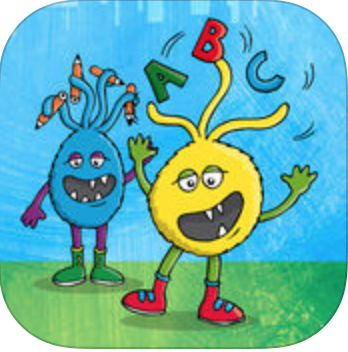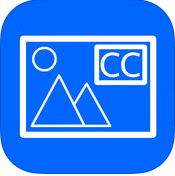Paul developed within his master thesis mobile applications for the Austria Forum. We summarized this work in a chapter about „Mobile Applications for Encyclopedias“ within the book „Mobile and Ubiquitous Learning. Perspectives on Rethinking and Reforming Education“.
Abstract:
In this research work a survey of tested mobile applications will be summarized, which were selected by a few defined prerequisites, and a brief overview is given of what is available in the corresponding stores. It will also be shown how the individual mobile applications for encyclopedias are presenting and providing information to users. This cover its visual representation and the manner in how information is retrieved. Additionally a new smart way will be introduced in which we can deal with information with a special focus to encyclopedias and mobile devices. The prototyped application carries out special features, which makes usage of mobile devices capabilities. The presented approach follows a slightly more aggressive way on how to bring information to users. For example it requires the permission of user and tells him/ her actively that there is an interesting piece of information close by his/ her location. Communication between the device and users is done using the notification system. To satisfy the needs of users a set of options will be presented so that they can customize time and number of notifications. Those settings shall also prevent the battery from draining to fast and give the user control about it. The outcome is a a prototype with a set of features which allows users to retrieve information based on their mood and their willingness of spending effort. If he/ she is eager to learn the application provides ways to support that. If he/ she just want some quick information there are ways to get it. And if he/ she wants a new way of information retrieval via mobile applications for encyclopedias the prototype offers the above mentioned possibility to do so
[Full article @ Springer]
[Draft @ ResearchGate]
Reference: Neuhold P., Ebner M., Maurer H. (2018) Mobile Applications for Encyclopedias. In: Yu S., Ally M., Tsinakos A. (eds) Mobile and Ubiquitous Learning. Perspectives on Rethinking and Reforming Education. Springer, Singapore. pp. 229-247 https://link.springer.com/chapter/10.1007/978-981-10-6144-8_14



